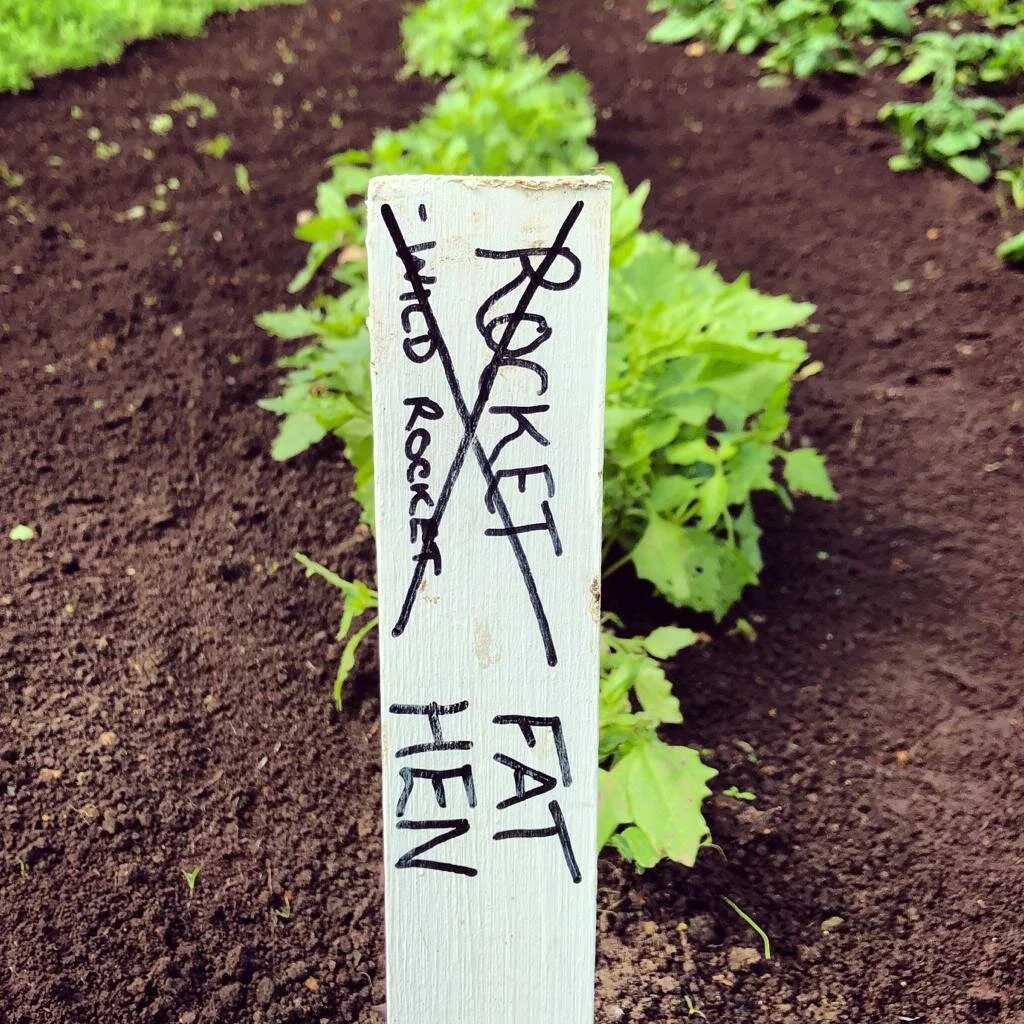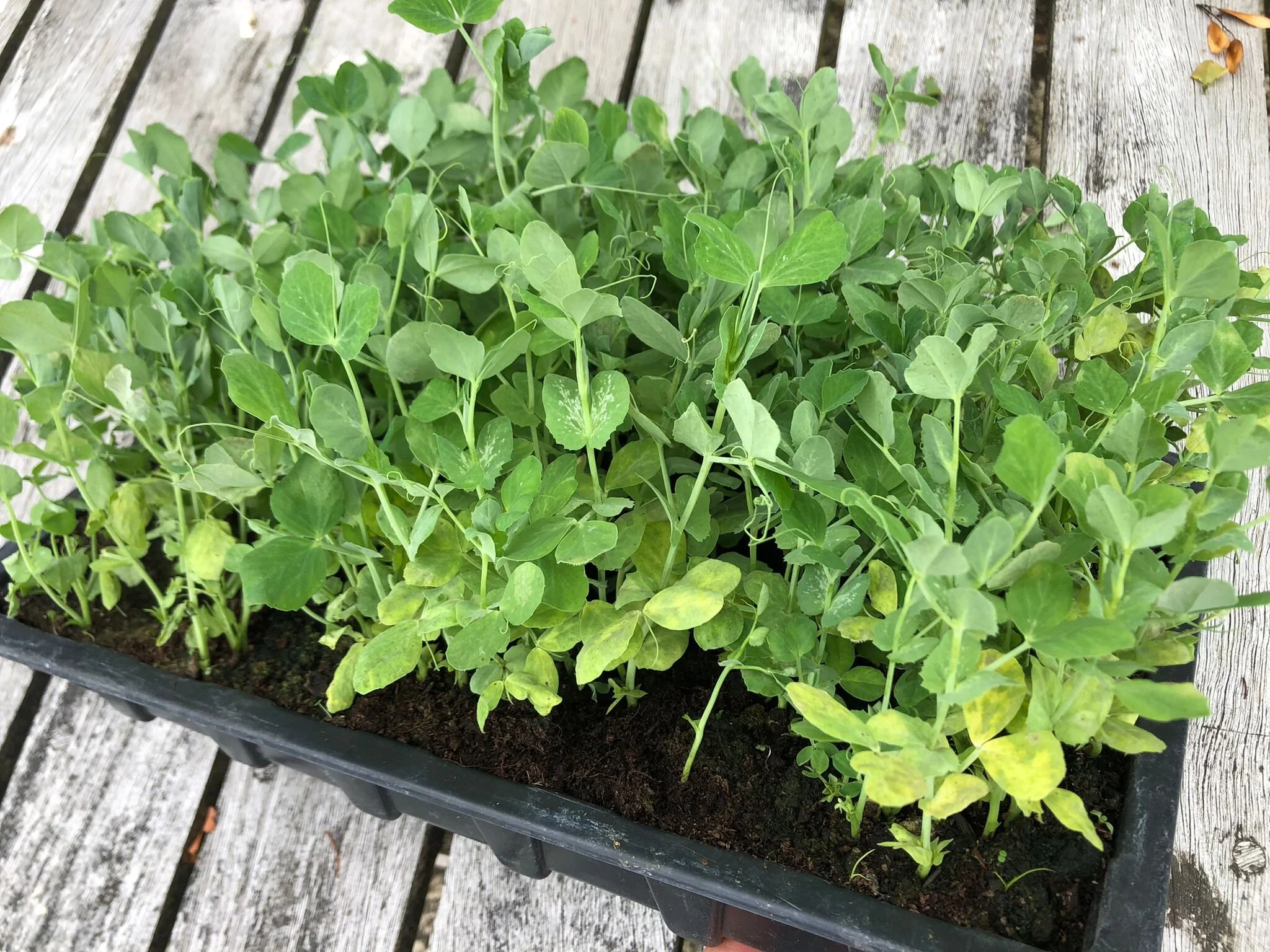August in the Garden
By Molly Hibbert
August is probably the best time in the kitchen garden. Black birds hop between blackcurrant bushes, stealing fruit we haven't been quick enough to pick; lettuces - almost alarmingly - seem to double in size overnight; runner beans race up poles. Each day we prowl row after row of courgettes: Nero Di Milano, Ambassador, Genovese, Tiger Cross. With backs bent, we hunt for marrows, and select the tiniest, tasty courgettes for the kitchen to serve with roasted fresh onions, or in a cold buttermilk soup.
But it's not just the vegetables that thrive, the weeds do too. We console ourselves - ironically - by debating which are worse: thistles score high, as do nettles and creeping buttercup. Others are less offensive, like fat-hen. Also known as wild spinach, the fast growing annual is good in salads, and easy to pull. It is voracious though. After completely taking over a row of rocket, Vic, the Senior Kitchen Gardener, gave in, striking out the intended from the plant marker and replacing it with 'fat-hen'. Preparing the pea shoots for the Ox Barn comes as a happy reprieve from weeding. Used throughout the summer months on the menu, they are easy to grow - no matter if you have a small patio or a space on your kitchen bench.
Although the veg garden is brimming, the end of summer feels close. And it's not long until everything will fade. The edible flowers that fill the border of the kitchen garden - borage, anise hyssop, sunflowers, calendula - are still bright and lovely but there seem to be more blooms to deadhead than in blossom. The pumpkins, only planted out six or seven weeks ago, have sprawled across the bed, their fruit tempting, almost ready to pick. The ripening squashes call up memories of shorter days and starchy dinners by the fire. For now though, at least, we weed and deadhead and harvest, enjoying the final flourish of the summer garden.
Vic’s pea shoots:
1. Take a few handfuls of dried marrowfat peas (you can buy these from supermarkets or online) and leave them to soak in plenty of cold water overnight.
2. The next day, fill a small tray one-third full with multipurpose compost.
3. Spread the soaked peas evenly over the surface.
4. Cover with more multipurpose compost and lightly press the soil down with the palm of your hand.
5. Water well and leave in a sunny place. The peas will likely germinate in three to five days.
6. Cut the shoots, as you need them, once they’ve got two or three sets of leaves. If you cut them above the first plant node, leaving 2-3cm of stalk to regrow, and continue to water them, they will give you a second - or even third - crop.



